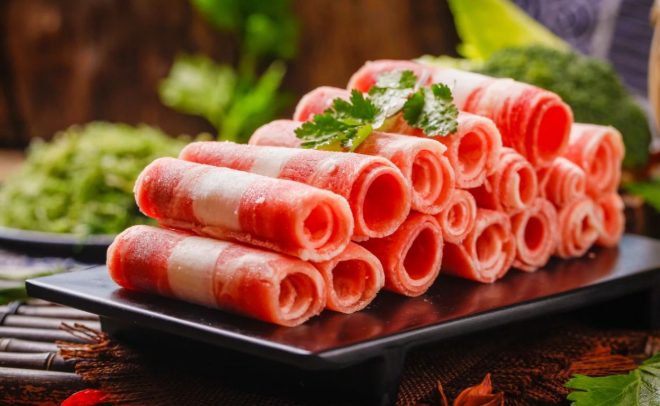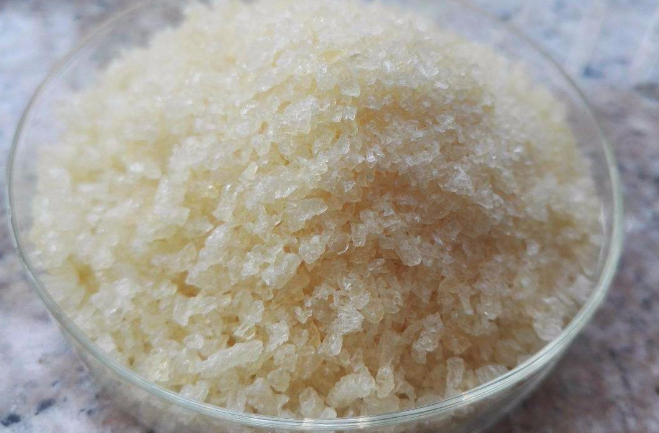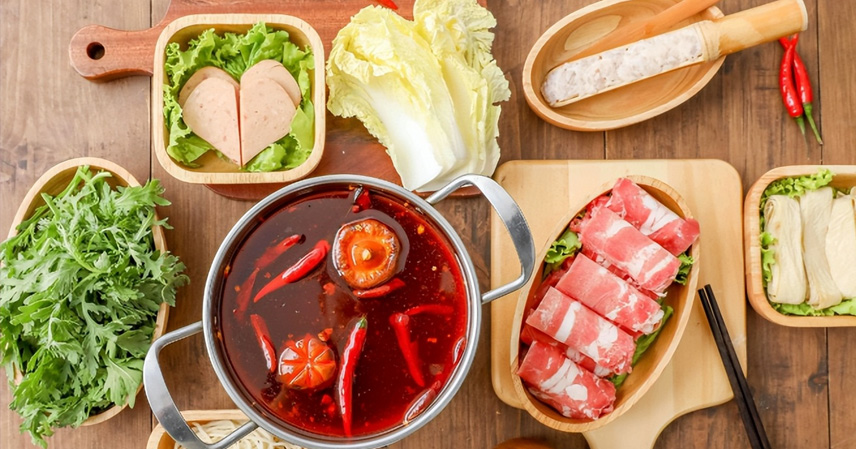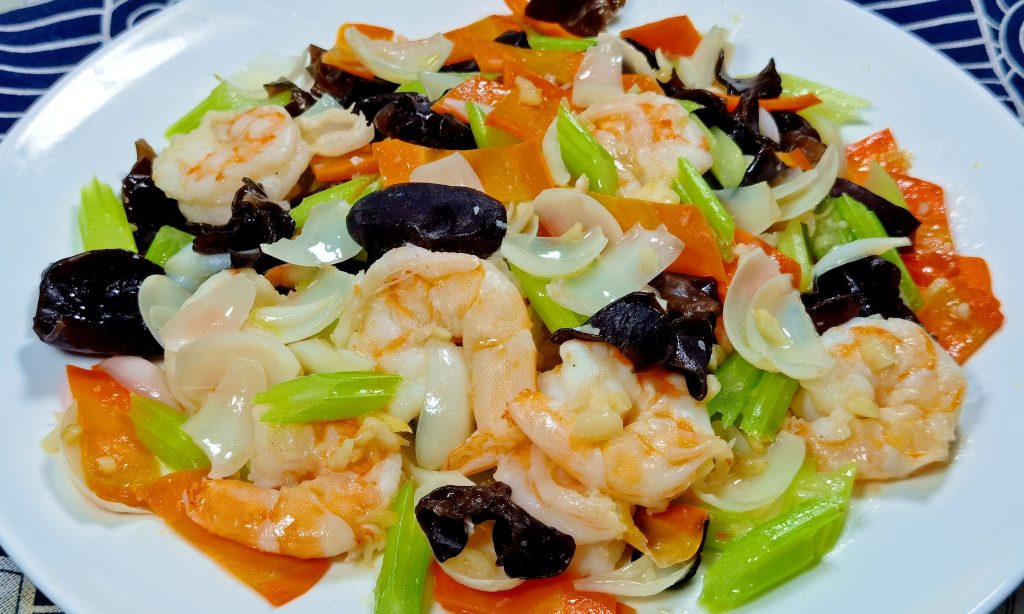Retiree Aunt Tao’s post-work ritual? Gathering gal pals for steamy hotpot sessions at the local spot. Last month, they hit a buzzing newcomer, loading the table with bargain beef rolls. Oddly tender and hefty, these slices melted in the mouth—yet priced at half the usual. Midway through, doubts crept in: “This doesn’t taste like real beef.” A quick family chat photo later, niece in food safety nailed it: likely spliced meat or even lab-grown imposters.
Truth is, fake meat in hotpot is more common than you’d think. Headlines on recombined meat or synthetic blends pop up often, yet many shrug it off as “cheap enough, close enough.” But what’s the real story? These pieced-together products—laced with gels, starches, and dyes—pack sneaky health pitfalls. Today, we unpack the behind-the-scenes of hotpot fake meat, its threats (especially that one overlooked step), and how to dine safely. The biggest red flag? It lurks where you least expect.

What Exactly Is Hotpot ‘Fake Meat’—And Is It Safe?
Fake meat typically means cost-cutters posing as premium beef or lamb rolls via spliced or recombined scraps, sometimes blended with plant fillers. Visually sneaky, they’re molded from trimmings mixed with food gels (gelatin, carrageenan), starches, and colorants. Reports peg production costs at 15 RMB per jin—versus 100 RMB for genuine cuts—slashing prices by 75-90%.
Experts stress: the issue isn’t “meat or not,” but additives’ safety and nutrient drain. Per the State Administration for Market Regulation and Chinese Preventive Medicine Association, compliant extras are fine—but excess phosphates, nitrites, preservatives, or allergens in rogue batches spell trouble. A 2022 Beijing survey of 30 hotpot joints found 23% of spliced samples exceeding phosphate limits. Over time, this burdens kidneys, skews calcium balance, and erodes bone health.

Sneaky Health Traps in ‘Fake Meat’—The Splicing Step Amps the Danger
You assume hotpot rolls are straightforward slices? Often, they’re factory-forged: scraps mashed with gels and starches, pressurized into slabs, then rolled. Here’s the hitch:
Additives rule the roost. China CDC data flags single servings hitting 32% of daily phosphate caps; indigestible gels may disrupt gut microbiomes long-term. Sources vary wildly—pig, beef, chicken mixes sans labels—hiking allergy or tummy upset odds.
Vulnerable groups suffer most: CKD patients face phosphorus overload and hyperphosphatemia; kids, pregnant folks, and elders risk calcium loss or sensitivities. The Chinese Medical Association’s 2023 Dietary Nutrition and Chronic Disease Prevention Guide advises: limit processed mimics, favoring quality proteins.

Pro Tips: Dodge ‘Fake Meat’ and Hotpot Smarter
Navigate the steam without the scams:
Opt for trusted chains with clear sourcing—ditch suspiciously cheap platters. Genuine slices show long fibers and membranes; spliced fakes reveal jumbled grains and uniform edges.
Scan labels: “Recombined” or “spliced” flags, plus gels, carrageenan, phosphates, or nitrites? Swap it.
Boil thoroughly—that overlooked step. Gels mask doneness; aim for 75°C core temps to kill bugs—separate raw from ready.
Cap intake: The 2022 Chinese Dietary Guidelines caps meat at 125g daily; skip heavy reliance on processed rolls.
Balance the boil: Amp tofu, greens for fiber and clean protein. Routine check-ups? Dial back processed eats if kidneys, lipids, or BP flag issues.
This piece blends health insights from sources and observations. Anecdotes simplified for flow. For info only—not medical advice. Consult pros for concerns.
References
- Chinese Dietary Guidelines (2022 Edition)
- State Administration for Market Regulation: Notice on Strengthening Regulation of Processed Meat in Catering Services
- Wu Yibin et al. Analysis of Phosphate Use and Health Risks in Hotpot Meat Processing. Chinese Journal of Food Hygiene, 2020
- Beijing Center for Disease Prevention and Control: Hotpot Meat Products Sampling Report
- Chinese Preventive Medicine Association: Dietary Nutrition and Chronic Disease Prevention Guide (2023)



